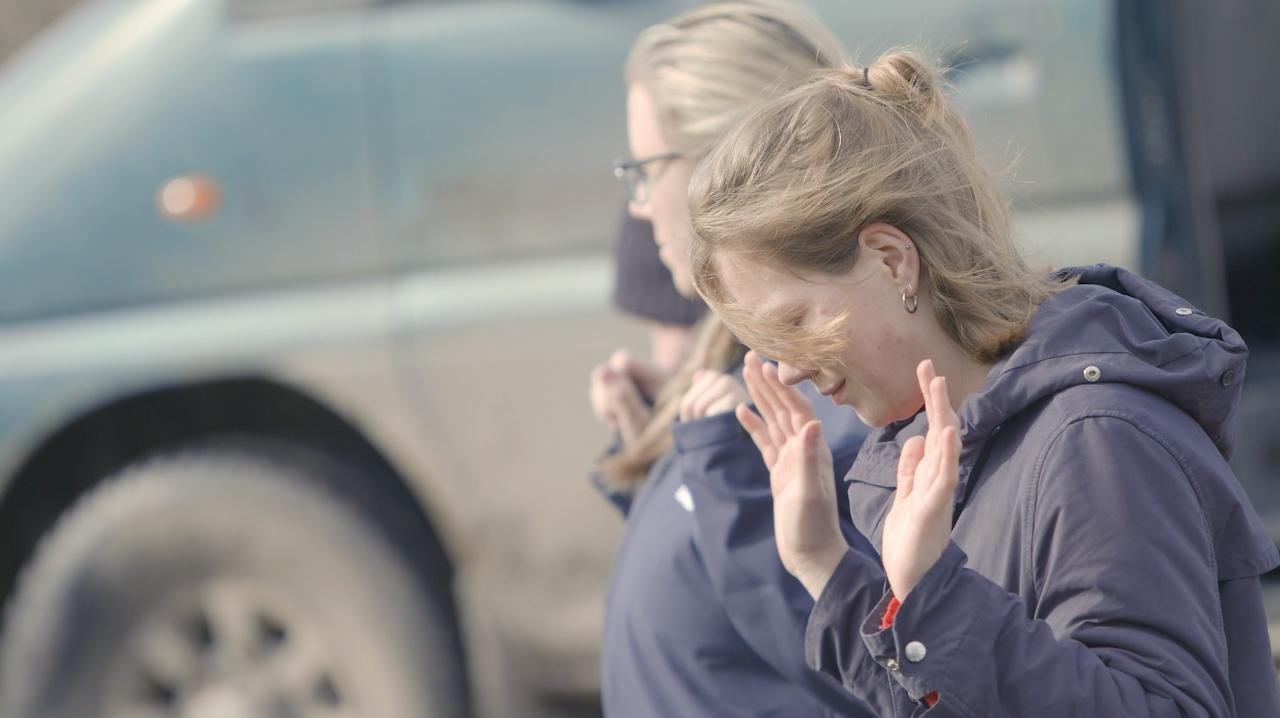HEAT & Duty of care in UKraine
Hostile Environment Awareness Training, or HEAT, has been a regular product of the security consultancy industry for years. It helps students navigate potentially hostile circumstances by teaching theory in the classroom, embedding that theory through exercise, and facilitating its recall through simulating stressful scenarios.
HEAT - an overview
HEAT is borne through organisations’ concept of duty of care to their staff. It is not enough for organisations to send their staff into difficult situations with only a notepad, pen and insurance package. Responsible organisations provide their staff and partners with all the tools available to navigate, negotiate and negate the threats their organisation is pitting them against.
Among HEAT providers, British outfits are often well represented. That is partly because of Britain’s institutional knowledge of operating abroad, both in the conflict and post-conflict space, and more recently in Iraq and Afghanistan. It is also partly due to the UK’s large overseas aid budget and the global reach of projects borne from it, and to Britain’s well-developed media industry. But it is also because of Britain’s duty of care culture (and legal system), where organisations are expected to protect their employees, and risk owners and risk managers are well-defined. HEAT providers local to the theatre are often therefore lacking, not because local skills and experience are absent, but because they have not been called upon from a duty of care perspective.
Broadly, HEAT has been focused on theatres in the Global South, and in particular Sub-Saharan Africa, MENA and Southern Asia. Spearfish is no exception; it’s where the market has been. Ukraine differs in most respects. It is not post-conflict for one thing. It does not struggle with managing infrastructure; just compare Nova Poshta with Royal Mail. It is not overrun with non-state actors; the oligarchy prefers the shadows to the streets. Yet, Ukraine is at war, and war is very much a hostile environment, even if the specific threats and the cultural context are different.
Adapting HEAT Training for Unique Challenges in Ukraine
One of the most pertinent examples of how Ukraine’s specifics affects HEAT is the discussion around the kidnap threat. Kidnap has been a staple of HEAT courses for years, not only because it has been a serious threat in other theatres, but because it offers the prospect of immersive scenarios on HEAT courses. Plenty of HEAT students will recall in the past being “ambushed”, bagged and cuffed and subsequently held in stress positions during mock interrogations. But most people operating in Ukraine are almost certainly never going to be exposed to that kind of threat. The non-state groups that use kidnap do not enjoy in Ukraine the vacuums of power that are needed, and the kidnap threat from the Russian military is overshadowed by the threats involved reaching that scenario.
Yet at the same time, the loss of one’s freedom of movement is still perfectly feasible in Ukraine. Through having the wrong documents at a checkpoint, an exotic stamp in one’s passport, a miscommunication in the field, detention is a threat and while it may not have the same level of impact as in other theatres, it may still lead to project delays or loss of equipment, and has done for many already.
The environmental threat is also somewhat unique. Gone is the earthquake and hurricane threat, but instead flooding from breeched dam in Kakhovka and fears of nuclear meltdown in Energodar (possibly the strangest city in Ukraine, anyone who’s seen the film “S Lurkhim Parom I Ironia Sudby” will know why). As for street crime, you’d be better off in Lutsk than London, yet the same would not be said for fraud and financial crime. The list goes on. And on.
The challenge for HEAT providers is the integration of these nuances into tried and tested formats, without them just being an after-thought. “Baking in” as opposed to “sprinkling on top”. Not least because plenty of students will be Ukrainian themselves and will be able to call out contextual ignorance a mile off (hence Spearfish’s efforts to localise its HEAT through its Ukrainian instructors).
Another challenge is the political context. Ukraine is fighting a war against an aggressor, and most foreigners are in country to support Ukraine in some capacity. But how do we separate our own sentiments and loyalties from the principles of some very important organisations that many of us work either for or with (objectivity, non-alignment, non-interference)? How do we address some of the threats in country without appearing culturally critical (alcoholism, corruption)? And how do we deal with situations where our own advice conflicts with that of our host or deploying governments?
Conclusion
Ukraine, then, offers a unique challenge to HEAT providers, and an “off the shelf” course doesn’t cut it. We should rise to that challenge, both in order to prepare our students for the plethora of threats they face in the field and to help client organisations fulfil their duty of care to staff. In turn, the knock-on effects are positive.
First, as a security consultancy industry, we can improve our own institutional knowledge of hostile environments, in particular through listening to the experiences of our students who are usually the ones at the coal face. This can then be fed back into subsequent courses not only in Ukraine but beyond.
Second (and more importantly), one would hope that the duty of care culture we are familiar with spreads. Many international NGOs still outsource their projects to local partners, sometimes specifically in order to avoid duty of care obligations to those working in the most dangerous locations. That should change, and large NGOs with big budgets should extend their duty of care to their local partners, in part by providing them with HEAT. Amongst all the suffering in Ukraine today, this remains an opportunity for positive change.

